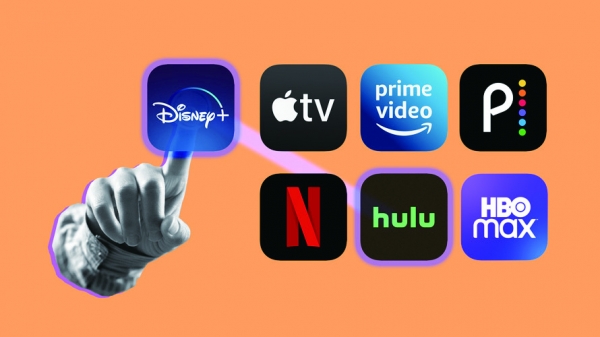
In the book, The Age of Access, published in 2000, American social theorist Jeremy Rifkin argued that the main feature of economic life in the future would be access to services and experiences, not ownership of objects. At that time, his argument was a topic that was almost impossible in the traditional real economy of purchasing goods and owning goods. In 2022 we know that this has come true. It is a new form of the economy called the subscription economy.
The Subscription Economy is a phrase coined by the CEO of Zuora, Tien Tzuo, to describe this new era of companies and business models. This refers to economic activities that continuously receive goods or services through a flat rate system. In the past, products that needed to be delivered quickly and regularly, such as milk, newspapers, and telecommunications services were subject to subscriptions, but the success of Netflix and Microsoft’s Office 365 expanded the subscription economy to various fields such as food, software, content, and distribution.
As many people may feel, the size of this market is huge. There is a worldwide trend for people to immerse themselves in subscriptions. According to the New York Times and the Financial Times (FT), the average annual subscription service usage in the United States and the United Kingdom reached $640 in 2019 and £620 in 2021. The growth rate of subscription service users is also steep. FT reported in August that more than 80% of UK households use subscription services, up 65% from the previous year.
This market growth has facilitated the emergence of various forms of subscription services. In addition to regularly purchasing and receiving simple products, advanced work is underway that can be obtained with other products by purchasing rental or intangible services. Hyundai Motor Company provides a service that allows you to pay monthly subscription fees and choose the type of car you want. The distribution industry also jumped into the subscription market, and Coupang launched free delivery, free return, and early morning delivery services at a fixed monthly price.
The reason why companies are in the subscription economy is simple. Above all, it is possible to secure a new foundation for stable sales. As payment for subscription services is made in advance, it can buy time when companies are in a crisis. The fact that it is possible to reduce marketing costs is also why companies are focusing on the subscription economy. In addition, the subscription economy is attractive to companies because it can open a new market when consumers’ purchasing power weakens and product demand decreases.
As such, the subscription economy has many advantages for companies. The key is whether there is enough benefits that consumers can enjoy through the subscription economy. Consumers’ perception of this is positive for now. This is because they can enjoy various experiences at a reasonable price. However, from a long-term perspective, there are many concerns that the subscription economy will narrow down consumers’ options. Once a company secures a monopoly market, it will be difficult for other operators to enter the market. As such, market competition is likely to weaken, and consumers’ options will decrease. In this situation, even if the monopoly operator raises the price, consumers who have no alternatives will have no choice but to follow. Although the subscription economy is now evaluated as efficient consumption, the possibility of opposition, in the long run, cannot be ruled out. This is why we need to think about measures to prevent problems in the subscription economy. Hope for the best, prepare for the worst.



